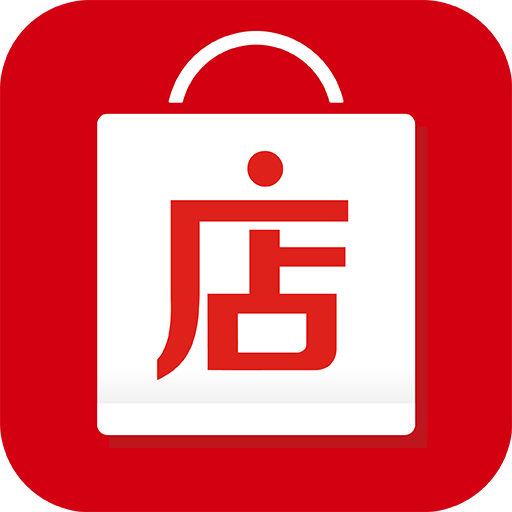Chinese m-commerce has been growing by leaps and bounds in the last couple of years. The competition has further intensified in mid 2014 when WeChat launched its ecommerce option that works within the app. Although Alibaba, with its Taobao and Tmall, still reigns supreme in China ecommerce market, shopping with WeChat has been steadily gaining popularity.
Presently, ecommerce with WeChat can only be setup for verified service accounts which, in turn, requires local business registration. So, as things stand now, foreign companies without a legal presence in China are not eligible to have a WeChat store. However, once the company is registered locally in China, setting up ecommerce with WeChat is, actually, a fairly simple process.
There are basically two ways to integrate a WeChat shop within a service account: by signing up for a standard option within admin platform or setting it up with a 3rd party platform. The second way allows much more customization allowing creation of much more versatile and visually appealing WeChat stores.One of the most popular 3rd platforms is WeiDian. It already claims a whopping 50 million users and is backed by Tencent, WeChat developer. It also provides a convenient backend for managing WeChat store: populating product list, managing inventory, CRM system, sales analytics etc. All that can be done from within the app on a phone or inside the browser based admin panel.
As a way of marketing, WeiDian also allows sharing product listings in group chat and Moments feed as well as in other social media platforms such as Weibo, QQ, Qzone, Pinterest and even Facebook.
Although being the most popular, WeiDian is not the only WeChat shop management platform. Other 3rd party WeChat store options are Youzan, MengDian, PaiPai and some others. All of them are quite similar in functionality, although none is currently offering English language option or support.Although, there are many options for setting up a WeChat shop, it may not be suitable for every category of merchandise. Naturally, since the shopping is done on mobile, customers tend ti use their phone for buying cheaper products. When it comes to big ticket items or products that require a research, most shoppers revert to full size browsers which brings them to traditional platforms such Tmall, Taobao and JingDong.






